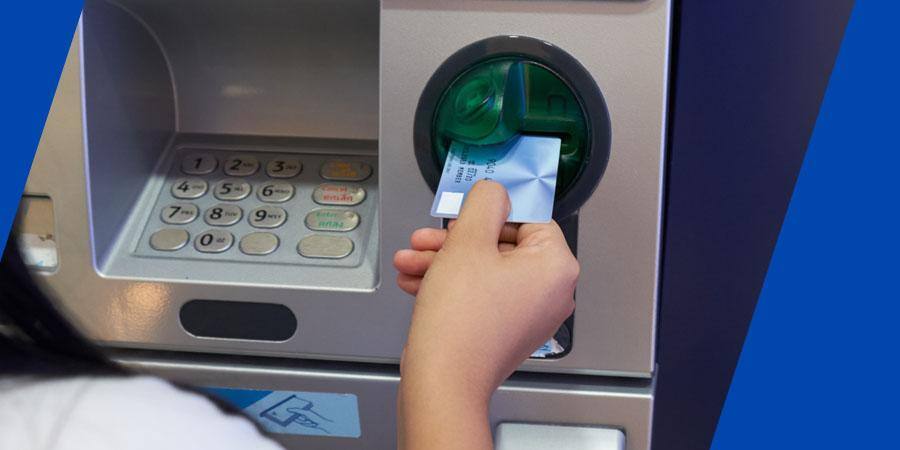Automated teller machine (ATM) skimming is one of the most prevalent and deceptive methods that fraudsters use to steal sensitive information. According to some estimates, skimming costs consumers and businesses more than $1 billion a year.
ATM skimmers are devices designed to steal your debit card information, including your card number and personal identification number (PIN), as you conduct legitimate transactions at automated teller machines.
To stay one step ahead of fraudsters and protect your accounts, learn how to identify an ATM skimmer and what actions to take if you encounter one.
-
Inspect the ATM for Tampering
One of the first things you should do before using any ATM is to look for any signs of tampering. That might include loose or unusual attachments on the card reader or around the keypad. Fraudsters often install skimming devices on top of the original card reader, so anything that looks or feels off about the card reader should raise a red flag. -
Check for Hidden Cameras
Fraudsters also often use hidden cameras to capture your PIN as you enter it on the keypad. So, you should thoroughly inspect the ATM for any unusual or unexplained holes, scratches, or hidden compartments that could potentially hide a small camera. Cover the keypad with your hand when entering your PIN to prevent it from being recorded.Even if you don’t see evidence of a hidden camera, you should make it a habit to always cover your PIN at an ATM. This simple action can stop your PIN number from being compromised.
-
Wiggle the Card Reader
Before inserting your card into the ATM, give the card reader a gentle wiggle. Skimmers are usually attached using adhesive and may feel loose or come off if tampered with. If the card reader feels shaky or easily detachable, don’t use the ATM and report it to the financial institution or authorities immediately. -
Use ATMs in Secure Locations
When possible, try to use ATMs located inside bank branches or well-lit, high-traffic areas. Skimmers are more likely to target standalone ATMs in remote or poorly monitored locations. Using ATMs in secure locations reduces the risk of falling victim to skimming devices. -
Use Contactless Payment Methods
Consider using contactless payment methods, such as mobile wallets or contactless cards, to reduce the risk of falling victim to ATM skimming. Contactless payment methods eliminate the need to insert your card into potentially compromised card readers, providing an added layer of security against fraud. -
Report Suspicious ATMs
If you encounter an ATM that appears to have been tampered with or find any suspicious devices attached to it, report it to the financial institution or local authorities immediately. By alerting the authorities promptly, you can help prevent other individuals from falling victim to ATM skimmers. It also helps credit unions and banks take more preventative measures because of increased awareness. -
Monitor Your Statements
Regularly monitoring your statements and transaction history is crucial to detecting any unauthorized activity on your account. If you notice any unfamiliar transactions or withdrawals, report them to your financial institution immediately. Taking prompt action can help minimize the damage caused by ATM skimming.
The Bottom Line
Let’s be honest, we are often in a hurry when we use ATMs. After all, ATMs offer a fast and convenient way to access cash. However, it’s important to be vigilant and observant when using them, especially outside of your financial institution or high-traffic branch location.
By following the steps we covered, you can better safeguard your personal information and accounts from ATM skimming. Always be cautious when conducting transactions at ATMs, so that you can stay one step ahead of fraudsters.
